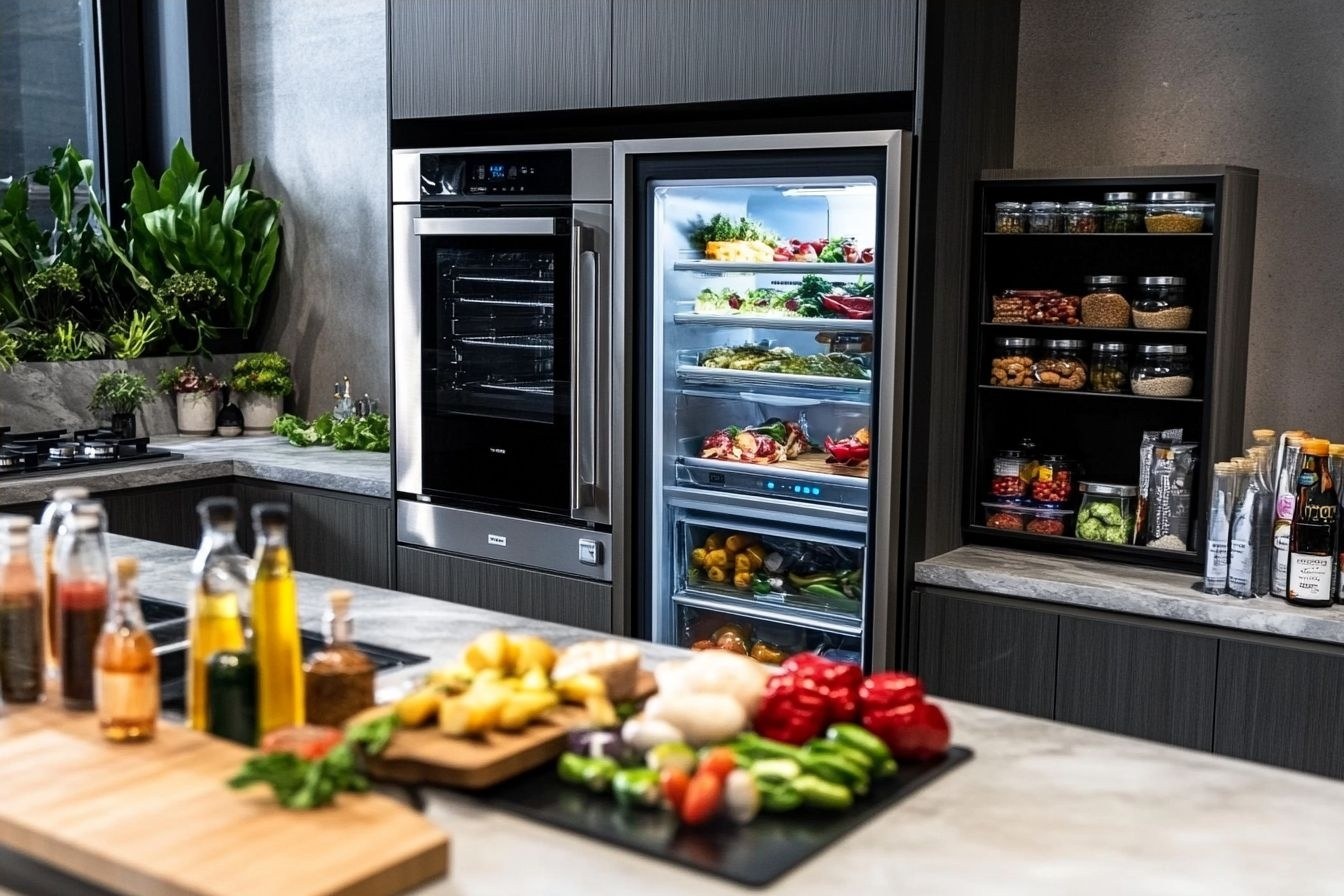Seasonal Menu Rotation Techniques to Vary Weekly Menus
Using seasonal produce and intentional rotation reduces monotony while improving variety and resource use. This short overview previews practical techniques—from prepping and storage to appliance choices—that help kitchens vary weekly menus with attention to efficiency and sustainability.

Seasonal menu rotation is a practical approach to keep weekly menus fresh, economical, and aligned with ingredient availability. By planning around seasonality, kitchens can design recipes that use recurring core ingredients in different ways, reduce waste through preservation strategies, and streamline workflows so teams spend less time on repetitive tasks. This article outlines specific techniques across prepping, organization, storage, and equipment choices that support efficient menu rotation while maintaining foodsafety and promoting sustainability.
How does seasonality shape weekly recipes?
Seasonality defines which fruits, vegetables, and proteins are most accessible and cost-effective each week. Designing recipes around in-season items lets you highlight regional flavors, adjust cooking methods to ingredient ripeness, and simplify procurement. Rotate the central ingredient—for example, a roasted vegetable mix—into multiple recipes across the week: in salads, grain bowls, pasta, and soups. This keeps menus varied without expanding inventory. Using seasonal themes also supports menu predictability for staff, enabling focused prepping and more consistent quality.
What prepping and organization steps help rotation?
Effective prepping and organization reduce daily variance and support faster menu shifts. Create batch-focused prep lists that cover base elements (stocks, roasted vegetables, dressings) used across recipes. Label prep trays with dates and intended uses to simplify staff decisions during service. Organize the prep area by task flow—washing, chopping, blanching—to minimize cross-traffic and improve foodsafety. Regularly review inventory and prep logs to spot repeating items that can be rotated into new recipes, helping plan weekly changes with minimal extra labor.
How can storage and preservation extend ingredient use?
Storage and preservation broaden how long seasonal foods can be used in a rotation. Implement simple preservation methods—blanching and freezing vegetables, pickling surplus produce, making concentrated stocks, and vacuum packing proteins—to extend shelf life while maintaining flavor. Use clear FIFO (first in, first out) labeling and temperature-controlled zones for short- and long-term items. Proper storage reduces waste and allows you to plan recipes that reuse preserved components across several weeks, enabling more inventive menu variations without continuous fresh purchasing.
Which appliances and cookware improve efficiency?
Selecting versatile appliances and cookware supports flexible weekly menus. Equipment such as combi ovens, rapid chillers, multi-burner ranges, and programmable slow cookers can shift between techniques and batch sizes, aiding both speed and consistency. Quality pans and sheet trays that conduct heat evenly reduce finish time and produce repeatable results across recipes. Assess how appliances integrate into prep and service workflows to avoid bottlenecks; efficient equipment choices let you rotate menu items more often without adding undue labor or compromising timing.
How does foodsafety and sustainability fit menus?
Foodsafety considerations must remain central when rotating menus and reusing components. Maintain proper cooling and reheating protocols, avoid cross-contamination by designating prep stations for raw and ready-to-eat items, and track holding times for prepared foods. Sustainability aligns closely: plan portions to limit overproduction, use trimmings for stocks to reduce waste, and source locally to shorten supply chains. Combining foodsafety practices with sustainability measures helps preserve ingredient quality while supporting more frequent, responsible menu changes.
Can minimalism reduce waste while varying menus?
A minimalist approach to ingredients and recipes can paradoxically increase variety: by using a small set of multipurpose ingredients and preparation methods, you can recombine elements to create distinct dishes. Focus on core building blocks—grains, a few proteins, seasonal vegetables, and versatile sauces—and design recipes that remix them. Minimalism supports clearer organization, simpler storage needs, and lower inventory carrying costs. It also aids staff training, as fewer techniques and ingredients mean team members can execute rotations reliably and efficiently.
Conclusion Seasonal menu rotation combines planning, informed ingredient use, and pragmatic workflows to keep weekly offerings interesting and manageable. Emphasizing seasonality, structured prepping, thoughtful storage and preservation, right-sized appliances and cookware, and strong foodsafety and sustainability practices makes rotation feasible without adding complexity. Adopting minimalist principles where appropriate further reduces waste and eases execution. Together, these techniques let kitchens refresh weekly menus while maintaining consistent quality and operational efficiency.





